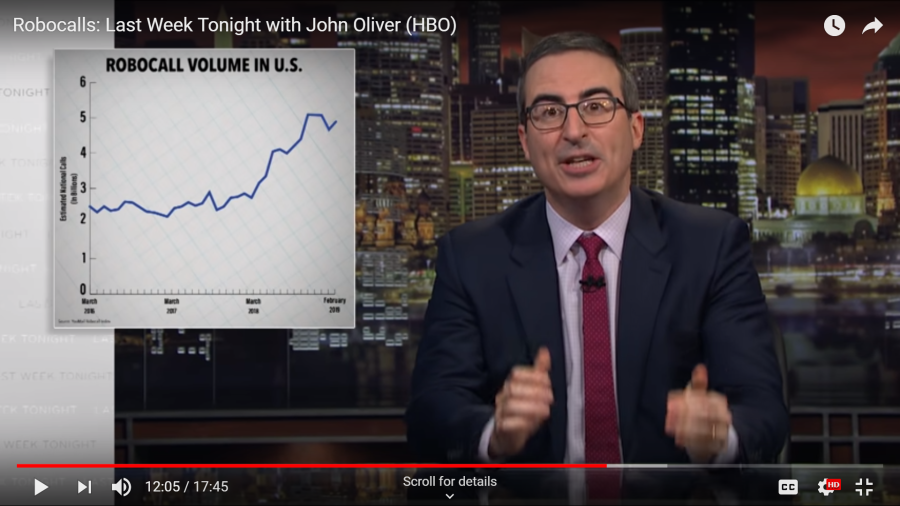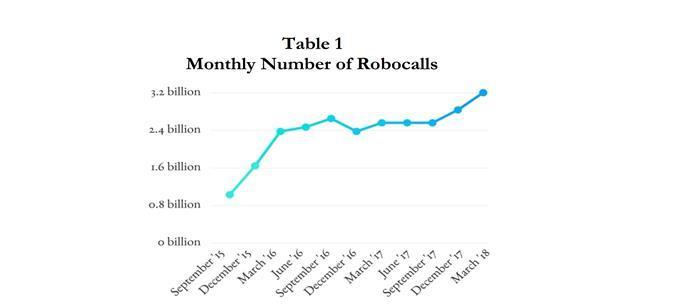Washington is gearing up to be the next state to implement a privacy law, following California’s Consumer Privacy Act. In Washington, Senate Bill 5376 — formally titled as “an act relating to the management and oversight of personal data,” or the “Washington Privacy Act” for short — passed in the Washington State Senate and has been sent to the state’s House of Representatives for consideration.
The bill was introduced in the state Senate on January 18, 2019. It was referred to the Committee on Environment, Energy & Technology, where it passed on February 14. After making its way through the Ways and Means committee, the bill was ultimately passed in the senate on March 6, 2019. It was sent to the House of Representatives on March 8 and referred to the Committee on Innovation, Technology & Economic Development.
The first scheduled public hearing in the House of Representatives is set for March 22 at 10am Pacific. If the bill passes in the House, it would become effective in December 2020.
The text of the bill before the House of Representatives can be found here. The bill contains hints of both Europe’s General Data Protection Regulation and California’s Consumer Privacy Act. It allows consumers to be informed about what personal data is collected and whether that information is sold. It also allows consumers to request correction of inaccurate data and deletion of their personal data. Consumers can also object to the use of their data in direct marketing.
The Washington State Legislature website offers the ability to comment on the bill.
insideARM Perspective
While Europe started the wave of broad privacy protection, it seems the west coast is leading the pack in the United States. Companies are eagerly keeping their eyes on California’s privacy law, which has undergone a round of public forums and a Senate Judicial Committee hearing over the past couple of months, in order to get more information on how to implement and comply with the new requirements. The Washington bill discussed above has seen quick movement through its state senate, where it was passed a little over two months after introduction. If that trend continues in Washington’s House of Representatives, we could see the next state privacy law passed by summer.
Washington State Privacy Act on the Horizon: Passes in State Senate, Now Before House of Representatives
http://www.insidearm.com/news/00044856-washington-state-privacy-act-horizon-pass/
http://www.insidearm.com/news/rss/
News




